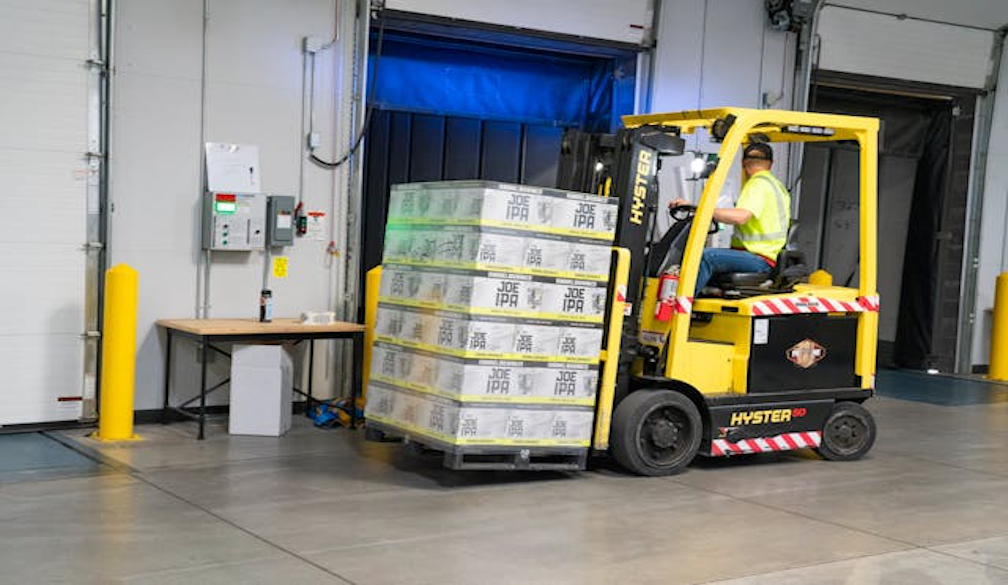How to Extend the Lifespan of Your Conveyor System
- Written by Daily Bulletin

It’s easy to forget your conveyor is even there, until it stops. And when it does, you’re in a world of delayed orders, unexpected downtime, and one very expensive headache. But the good news is that keeping your conveyor running smoothly for years isn’t rocket science. It just takes a bit of care, a touch of know-how, and some regular attention.
Keep It Clean
Let’s start with the obvious one. You’d be surprised to see how much gunk builds up in a conveyor system over time. Dust, grease, and stray bits of packaging all pile up under the hood. Before you know it, bearings are grinding, rollers are sticking, and the whole system is sounding like it needs a lie-down.
Cleaning doesn’t have to be a massive operation. A quick daily once-over, and a proper deep clean on a schedule that matches your use go a long way. Use the right cleaning agents, as some belts are a bit fussy, and avoid soaking parts that really shouldn’t be soaked. Treat it like a car engine, not a kitchen bench.
Regular Check-Ups Are Important
You wouldn’t drive a car 100,000 km without a service, right? The same goes for your conveyor. Regular inspections help catch little problems before they turn into disasters. Wearing belts unevenly is usually a sign that something’s out of alignment. If the rollers are squeaking, they probably need a touch of lubrication. Or worse, they’ve already started to seize, and now you need to get new conveyor belt rollers.
It’s all about getting ahead of the curve. No need to overdo it, but do set up a simple maintenance schedule and actually stick to it. And don’t just eyeball it. Use tools to check tension, wear and alignment properly.
Don’t Overload the Poor Thing
Conveyors are tough, but they’ve got limits. If you pile on weight they weren’t built for, that’s a surefire way to cook your motor, wear out the belt and wreck bearings. Everything works harder, and consequently, everything wears faster.
If you’re constantly stretching the system, it’s time to upgrade or divide the workload. Stick to what the manufacturer recommends, and if you’ve lost that spec sheet, ask someone who knows their stuff.
Alignment is Everything
Misalignment is one of those sneaky problems that creeps in gradually. A bit of uneven load here, a little knock there, and soon the belt is drifting, tracking poorly and wearing down faster than it should.
The fix is to simply keep an eye on it. Literally. If your belt isn’t running dead-centre, figure out why and adjust. And don’t forget your pulleys and rollers. They all need to be square and true.
Lubrication, But Not Too Much
It’s tempting to drown squeaky parts in lube, but that’s not always a good idea. Too much lubricant attracts dirt and ends up causing more trouble than it solves. Too little and you’re grinding metal on metal, which is about as fun as it sounds.
The trick is using the right lubricant, in the right spots, in the right amount. If your system has automatic lubricators, check that they’re actually working. If not, schedule manual lubrication and make sure whoever’s doing it knows where and how.
Train Your People Properly
Machines break, yes. But people break them faster. A lot of wear and tear comes down to operators doing things they’re not supposed to, such as shoving items onto the belt, stepping on it, or not noticing signs of trouble early.
Proper training makes all the difference. Make sure everyone who uses or maintains the conveyor understands how it works, what not to do, and how to spot issues before they get ugly. A quick 15-minute refresher now and then is way cheaper than emergency repairs later.
Know When It’s Time for an Upgrade
This one’s hard to hear, but sometimes, you’re not saving your system; you’re dragging out its death. If you’re constantly repairing, constantly tweaking and constantly frustrated, your conveyor might be at the end of its run.
That doesn’t mean it’s all bad. And upgrading doesn’t always mean replacing the whole thing either. You can swap out components, modernise certain sections, add automation or get a consultant in to assess what’s really needed.
Conclusion
Conveyors are the backbone of so many industries. Keeping them alive and kicking isn’t complicated. It’s just a matter of attention, care, and doing the boring bits properly. And those boring bits are what keep everything else moving. So, look after your conveyor, and it’ll keep looking after your business.







